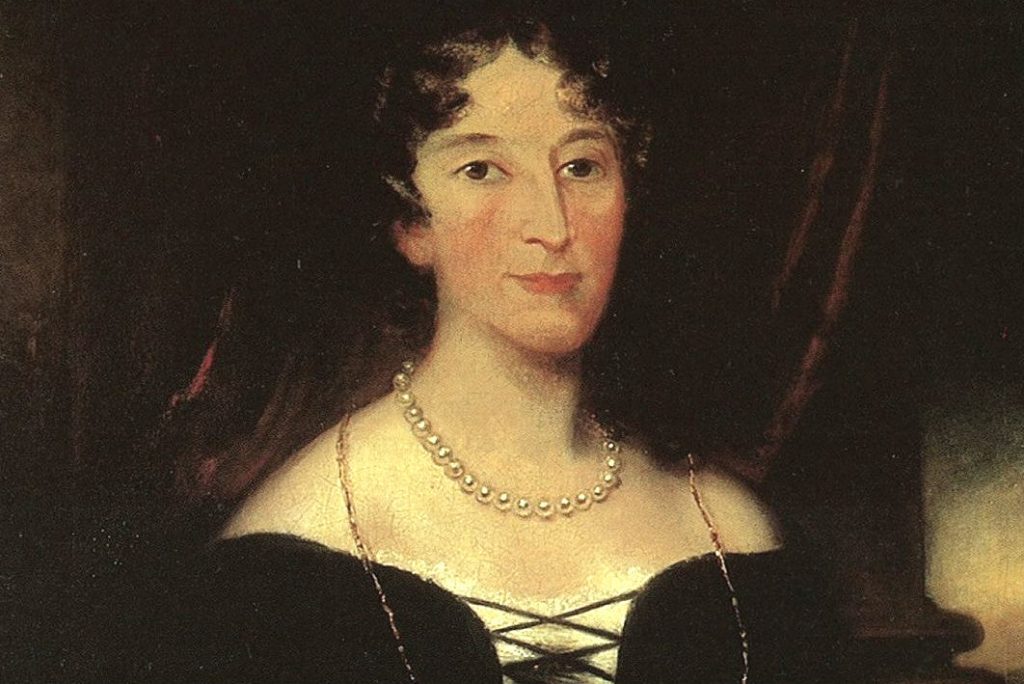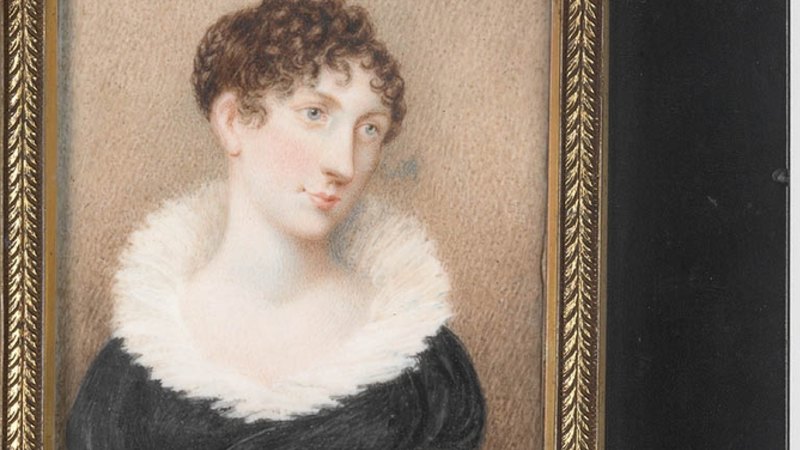Elizabeth & Elizabeth, Sue Williams, Australia, 2021

Set in Sydney and NSW at the beginning of the nineteenth century, Elizabeth & Elizabeth tells about the developing relationship between the wives of two important men, Governor Lachlan Macquarie and the sheep baron John Macarthur. The book is a work of fiction, but it is fiction based on fact, and for any fictional story to have depth, the factual background must be as correct as possible. Williams is to be admired for her research; nevertheless, historical fact is always dependent on the perspective and the integrity of the source material.
Having read Kate Grenville’s beautiful book A Room Made of Leaves, which is based on the life of Elizabeth Macarthur, and Eric Willmot’s Pemulway: the Rainbow Warrior, I was somewhat confused to read Williams’ description of John Macarthur (through the eyes of Elizabeth) as being kind and loving compared with Grenville’s comment that he was ‘an ugly cold sort of fellow’ and Willmot’s that he was both greedy and obnoxious. Whom does one believe? The depth of Grenville’s book and the passion of Willmot’s makes me think that John Macarthur, self-centred and ambitious, was probably more correctly summed up by both Grenville and Willmot. Perhaps Williams wanted to see him more on the same level as Lachlan Macquarie, who seems to have been a more attentive and involved husband.
However, the relationship between Elizabeth Macarthur and Elizabeth Macquarie, as portrayed in the book, is both interesting and thought-provoking. From what I understand, the two women were very different in age, background and personality: Elizabeth Macarthur was a strong and intelligent woman who, during almost a decade on her own, managed to raise daughters and develop an extremely successful wool industry, her husband having been arrested and returned to England by Governor Bligh, Macquarie’s predecessor. Elizabeth (Betsy) Macquarie, younger than her friend, came from a sheltered existence in Scotland, and, although she had many good ideas, was obviously beholden to the wishes of her husband.

Circumstances that primarily affected both husbands also affected the wives: with her husband on the other side of the world, fighting a court case, Elizabeth Macarthur was forced to become more independent (which was probably a bonus for the wool industry as I suspect that she was more intelligent than her husband), while Betsy had to cope with numerous miscarriages (possibly caused by her husband’s syphilis and his dependency on mercury tablets). Notwithstanding the validity or otherwise of Williams’ theory that Macquarie was dependent on mercury tablets and that it was this that caused his wife to miscarry, the heartache of women experiencing such a repeated loss is touchingly described.

Whereas John Macarthur was in all probability a cold, ambitious man (if we are to believe both Willmot and Grenville), Lachlan Macquarie, unaware of what his illness was doing to his wife and their efforts to have a family, appreciated and loved his wife. Many of Betsy’s ideas and suggestions regarding town planning, gardens and even social reform were accepted and set in motion by Lachlan. Together, the Macquaries did much to create the foundations for the Sydney we know today.

The editing, unfortunately, is not particularly successful and the book is dotted with avoidable mistakes. For example, in one place, Williams obviously means to write daughter, but has written son; elsewhere, we are told that it is October (in Australia) and, at the same time, we learn that it is autumn. We read that, on 14th July 1817 Lachlan junior is not yet three, but given the fact that he was born in March 1814, he was definitely three in July 1817. The use of ‘Me and [name]’ has become more common, but one would hope not to find it in (as described by Booktopia) ‘a novel of enduring fascination’.
Criticisms to one side, the strength of Elizabeth & Elizabeth lies not only in the fact that it gives a picture of early nineteenth-century Sydney, which can be used as a springboard for further reading, but in the fact that it focuses on two women in a society where men ruled supreme.